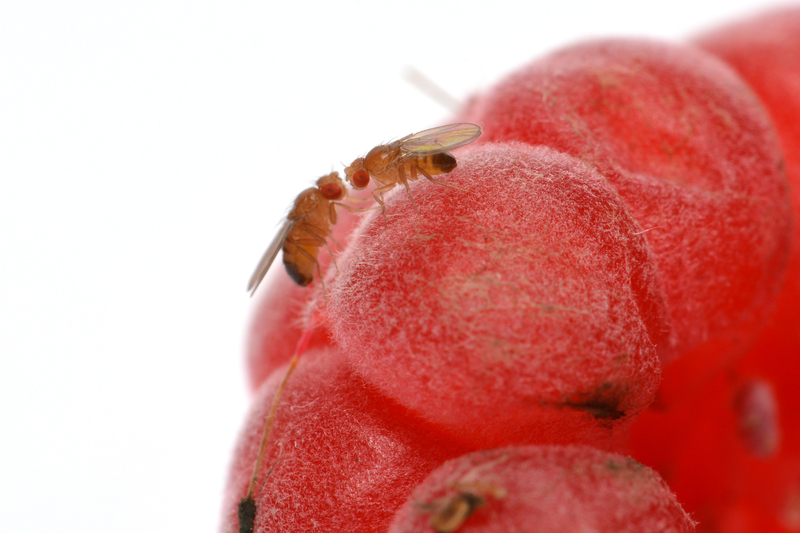Carpet Cleaning: Pet Pee Odor Removal
Carpet cleaning is a critical task for homeowners, especially those who own pets. One of the most challenging aspects is removing pet pee odors, which can seep deep into carpet fibers and padding, leading to persistent and unpleasant smells. This comprehensive guide will cover everything you need to know about effectively eliminating pet urine odors from your carpets.
Understanding the Chemistry of Pet Urine
Pet urine is more complex than it might seem. It contains a variety of different substances, including urea, uric acid, and creatinine, as well as a range of other inorganic compounds. When urine hits the carpet, bacteria break down these substances, resulting in the release of ammonia. Over time, uric acid crystals can become deeply embedded in carpet fibers and padding, which makes the smell particularly stubborn.

The Importance of Immediate Action
When a pet has an accident on your carpet, prompt attention is crucial. The longer the urine sits, the more difficult it becomes to remove both the stain and the odor. Fresh urine is easier to clean and less likely to cause long-term damage. Therefore, the first step in managing pet pee odors is quick action.
DIY Methods for Removing Pet Urine Odors
For those who prefer tackling the issue themselves, several home remedies can effectively neutralize pet urine odors. Common household items such as baking soda, white vinegar, and hydrogen peroxide can go a long way.
Baking Soda and Vinegar
1. **Blot the Area**: Use paper towels or an absorbent cloth to blot up as much of the urine as possible.
2. **Apply Vinegar Solution**: Mix a solution of equal parts white vinegar and water. Pour it over the stained area.
3. **Let it Sit**: Allow the vinegar solution to sit for a few minutes to help neutralize the ammonia and break down uric acid.
4. **Blot Again**: Use a clean cloth to blot up the vinegar solution.
5. **Apply Baking Soda**: Once the area is dry, sprinkle a generous amount of baking soda over it. Allow it to sit and absorb odors for several hours, or ideally overnight.
6. **Vacuum**: Vacuum the area thoroughly to remove the baking soda.
Hydrogen Peroxide and Dish Soap
1. **Blot the Area**: Again, start by blotting up as much of the urine as possible.
2. **Apply Hydrogen Peroxide Solution**: Mix a solution of one part hydrogen peroxide and one part water, and add a few drops of dish soap.
3. **Apply to the Stain**: Gently pour the solution over the stained area.
4. **Let it Sit**: Allow the solution to work for about 15 minutes.
5. **Blot and Rinse**: Blot the area with a clean cloth, then rinse with cold water and blot again.
6. **Dry**: Allow the carpet to air dry completely.
Commercial Pet Odor Removers
If DIY methods aren't your cup of tea, numerous commercial products are designed specifically for pet urine odor removal. These products often contain enzymes that break down uric acid, eliminating the odor at its source.
Enzyme Cleaners
Enzyme cleaners are particularly effective because they don't just mask the smell--they break down the molecules responsible for the odor. Some popular options include:
- Nature's Miracle
- Rocco & Roxie Professional Strength Stain & Odor Eliminator
- Angry Orange Pet Odor Eliminator
When using enzyme cleaners, it's crucial to follow the manufacturer's instructions for best results.
Professional Carpet Cleaning Services
Sometimes, DIY methods and commercial products are not enough, especially if the urine has seeped deep into the carpet padding or subfloor. In such cases, hiring a professional carpet cleaning service can be the best option.
Benefits of Professional Cleaning
1. **Deep Cleaning**: Professionals have access to specialized equipment that can deep-clean carpets, removing not just the surface stains but also the deeply embedded uric acid crystals.
2. **Advanced Solutions**: They use industrial-strength cleaners and can even employ techniques like hot water extraction to ensure thorough cleaning.
3. **Expertise**: Trained technicians understand the nuances of different carpet fibers and can tailor their approach to ensure no damage occurs during cleaning.

Preventative Measures
Once you have successfully removed pet pee odors, taking steps to prevent future accidents can save you time and effort. Here are some preventative measures to consider:
Regular Cleaning
Maintaining a regular cleaning schedule helps keep your carpets in good condition. Vacuuming often can remove not just dirt and debris, but also hair and dander that can contribute to odors over time.
Training Your Pet
Investing time in proper pet training is perhaps one of the most effective preventative measures. Consistency in training will reduce the likelihood of future accidents.
Use of Pet-Friendly Mats and Rugs
Consider using absorbent mats and rugs designed for pets in areas where accidents are more likely to occur. These can be specifically helpful in high-risk areas like near the doors leading outside or in your pet's designated sleeping area.
Conclusion
Carpet cleaning for pet pee odor removal can be a daunting task, but it's entirely manageable with the right approach. Immediate action, combined with effective DIY methods or commercial products, can go a long way. For deeply embedded odors, don't hesitate to call in professional help. By implementing preventative measures, you can minimize the likelihood of future accidents and maintain a fresh, clean home environment. Your carpets--and your nose--will thank you.



